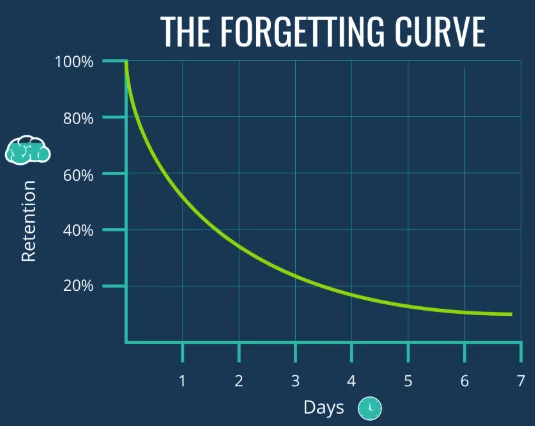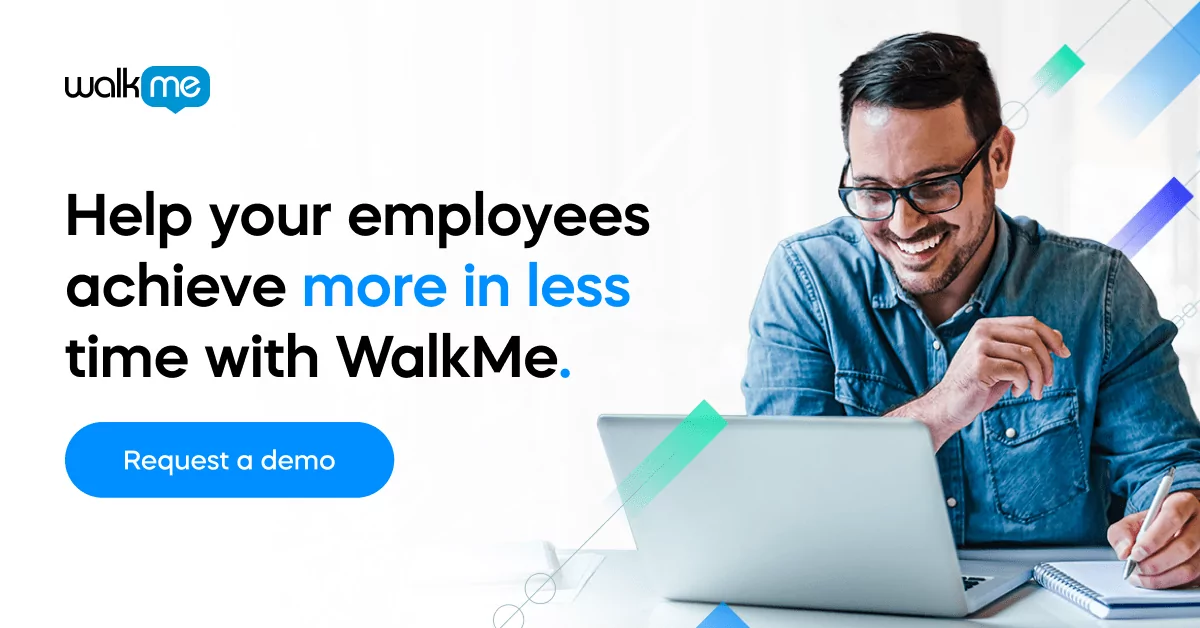Productivity is paramount to companies, especially as the digital landscape expands and needs constantly shift. One aspect of enhancing productivity is how employees learn new skills and acclimate to new software.
Let’s dive into some of the ways that software learning can be simplified and tailored to the individual user to enhance employee training, engagement, and productivity.
Software learning pain points
Organizations have two main complaints about software training: It’s time-consuming and expensive.
Employees often feel overwhelmed and rushing to complete their task loads. Considering that the average employee uses up to 8 apps, introducing a new, complex software system into their workflow can add even more stress. Additionally, a lengthy training process will likely make employees worry about how they are going to find the time to get everything done.
With traditional approaches to software learning, these concerns are valid. Company leaders, especially CIOs, need to examine the type of software that they are introducing to employees and also the means for software onboarding and eventual adoption.
Traditional training doesn’t cut it anymore
Participating in classroom sessions, reading dense instruction manuals, or watching webinars requires a lot of time; it can take months for employees to complete training. There are also significant expenses involved. Organizations often pay software vendors or other experts to host employee training sessions. These incurred costs make learning dependent on an outside source. If there are new features or updates, companies will constantly need to outsource training services.
Learning curve or should we say the forgetting curve also plays a factor. Most information learned is lost within a month, making it highly unlikely that employees will retain most of the new information they hear during training.

DAP software learning
If software training is inadequate, then employee frustration rises and productivity suffers. This predicament can be avoided by seeking out software learning platforms that enable learners to work and learn simultaneously.
WalkMe’s Digital Adoption Platform (DAP) provides users with onscreen, contextual guidance to direct them through each step of a process, or to help them navigate a software’s features. The DAP’s real-time prompts enable learning to occur at the point of need — when employees are actually using the platform — so that they can maintain productivity levels while gaining new competencies.
DAP automates tasks by turning multi-step processes into single clicks. From a managerial point of view, DAP serves up insights and analytics to let managers know how software is being used and eventually adopted. Using this data-driven platform takes out the guessing game of where employees drop off, and can be used to pinpoint areas of confusion and also monitor engagement levels. Employees have direct assistance, taking away the need to consult training manuals, or even submit a support ticket.
Satisfaction raises as employees don’t need to struggle with new technology, rather they can embrace software learning and maximize the system to their use.


